Is laser treatment for plantar fasciitis effective? If you’re struggling with heel pain, this innovative therapy targets inflammation and pain at the source for effective relief. In this article, we’ll cover how laser treatment for plantar fasciitis works, its benefits, treatment protocols, and what you can expect during recovery.
Key Takeaways
- Plantar fasciitis is caused by inflammation of the plantar fascia, leading to severe heel pain, especially in individuals aged 40 to 60, with a higher prevalence in women and athletes.
- MLS® Laser Therapy utilises dual laser wavelengths to effectively alleviate pain and inflammation associated with plantar fasciitis, offering a non-invasive and rapid treatment option with significant clinical success.
- Combining MLS® Laser Therapy with physical therapy and orthotics enhances treatment outcomes, providing substantial pain relief and promoting quicker recovery compared to traditional methods.
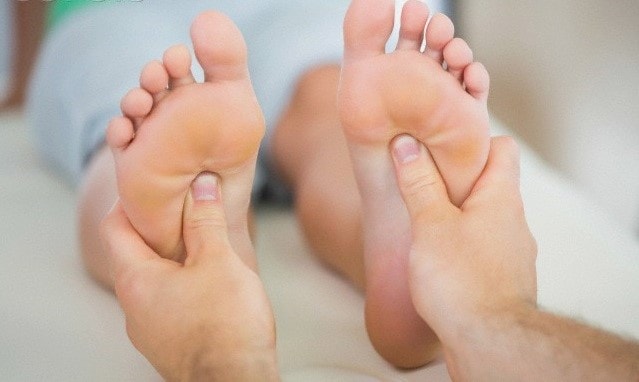
Understanding Plantar Fasciitis
Plantar fasciitis is a common condition resulting from inflammation of the plantar fascia, a thick band of tissue that connects the heel bone to the toes. This inflammation causes severe heel pain, particularly with the first steps in the morning or after periods of inactivity. The pain can be so intense that it significantly reduces mobility and limits daily activities, leading to plantar heel pain and chronic plantar heel pain.
Several factors contribute to the development of plantar fasciitis:
- Biomechanical dysfunction, such as flat feet or high arches, can strain the plantar fascia.
- Obesity is also a major risk factor as excess weight places additional stress on the foot.
- Certain physical activities, like long-distance running or ballet dancing, can exacerbate the condition.
- Improper shoe fit and prolonged standing in professions like teaching or factory work can heighten the risk.
The condition predominantly affects individuals aged 40 to 60, with a higher prevalence among women, athletes, soldiers, and those who are overweight. Ignoring the symptoms of plantar fasciitis can lead to chronic pain and altered walking patterns, potentially causing further joint issues. Common symptoms include searing heel pain, burning sensations, and limping.
Recognising these risk factors and symptoms allows for early intervention and effective treatment, preventing the condition from advancing to a more severe, chronic stage with proper medical attention.
What Is MLS® Laser Therapy?
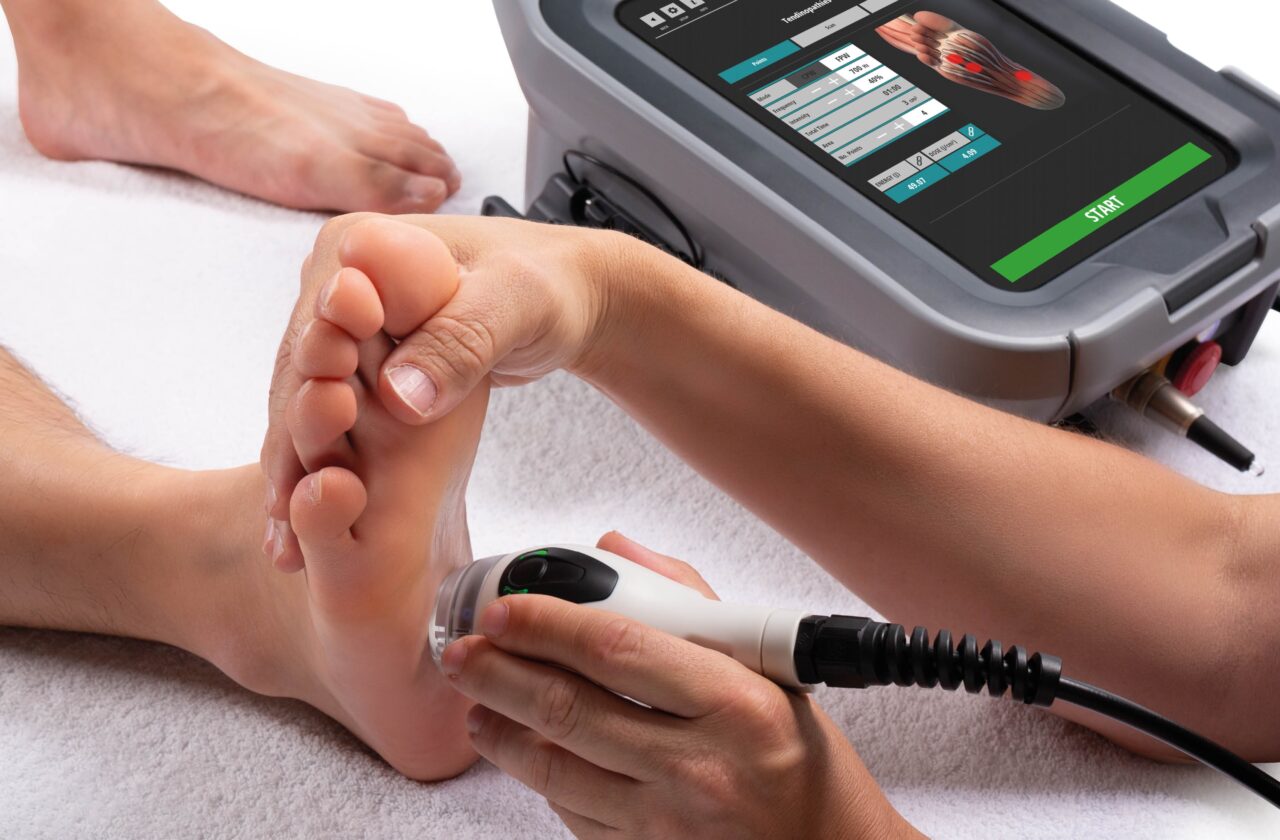
MLS® Laser Therapy is a state-of-the-art treatment designed to address pain and inflammation associated with conditions like plantar fasciitis. This therapy utilises two specific wavelengths: 808 nm (continuous wave) to reduce inflammation and 905 nm (super-pulsed) to alleviate pain. The combination of these wavelengths promotes faster healing by improving blood flow and lymphatic drainage while directly targeting the affected area.
The dual-wavelength technology of MLS® Laser Therapy offers a controlled and safe photothermal effect, ensuring tissues are not overheated during the treatment. As a non-invasive treatment, it offers immediate pain relief with minimal side effects, making it an excellent option for plantar fasciitis sufferers.
Additionally, MLS® Laser Therapy stimulates fibroblast activity, aiding in the regeneration of connective tissues and tissue healing. It efficiently reduces inflammation and pain, accelerating the healing process and enabling quicker return to daily activities.
Clinical Efficacy of MLS® Laser Therapy in Treating Plantar Fasciitis
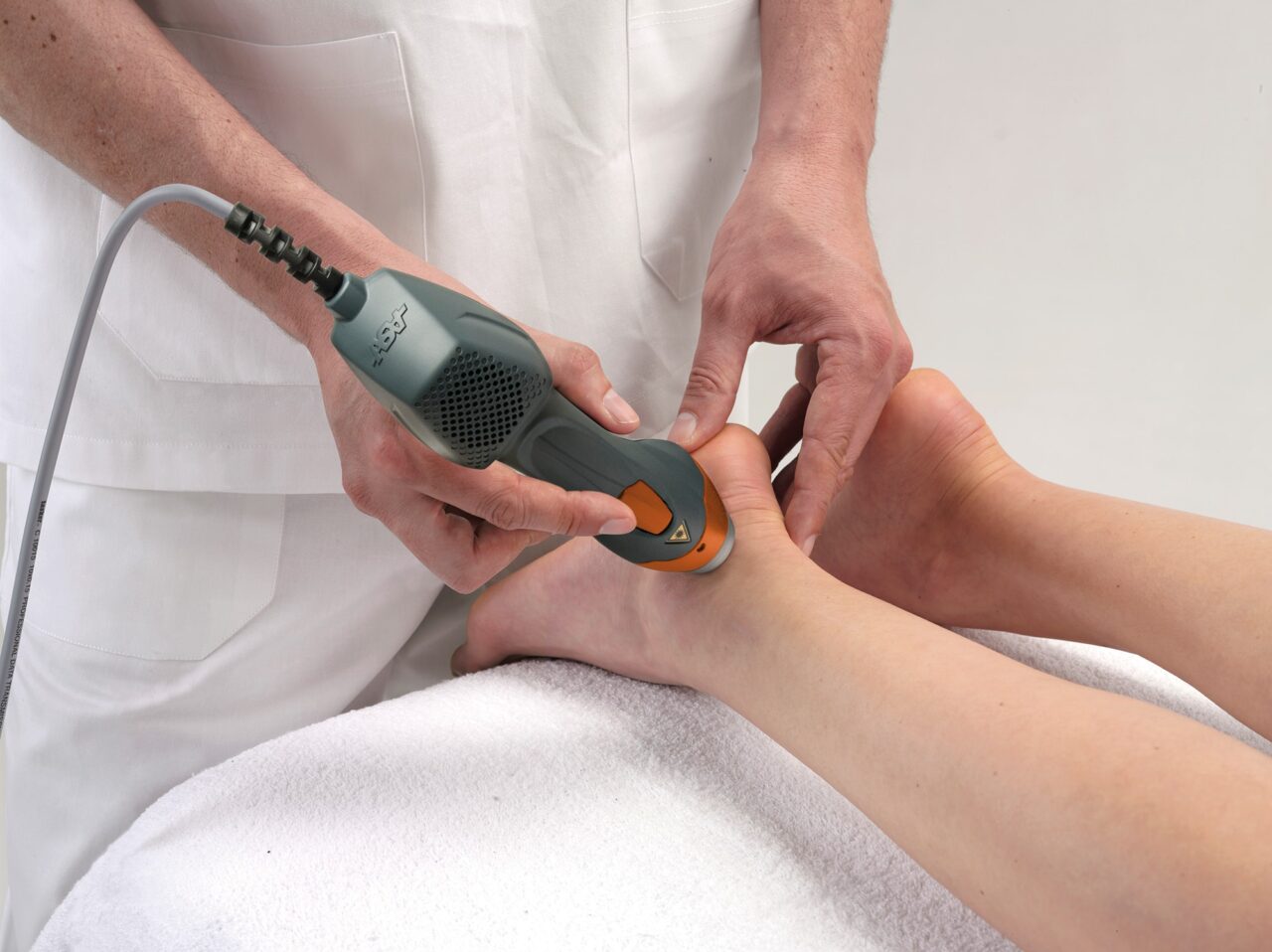
MLS® Laser Therapy’s effectiveness in treating plantar fasciitis is well-documented. MLS® Laser Therapy employs three primary effects to enhance healing: photothermal, photomechanical, and photochemical. The photomechanical effect involves the mechanical stimulation of cells and tissues by pulsed laser energy, that enhances cellular function and accelerates healing by improving nutrient exchange and reducing pain sensitivity.
The Multiwave Locked System (MLS) addresses pain, inflammation, and oedema quickly and simultaneously via the photothermal effect that is controlled and safe, avoiding overheating while providing substantial therapeutic benefits.
The photochemical effect refers to the biological response of cells to laser light at the molecular level, leading to enhanced healing, soft tissue healing and reduced inflammation through increased ATP production and improved cellular metabolism.
As a non-invasive treatment, MLS® Laser Therapy offers significant pain relief for plantar fasciitis patients. Its dual-action approach effectively treats inflammation and pain at the same time, making it a reliable and fast option.
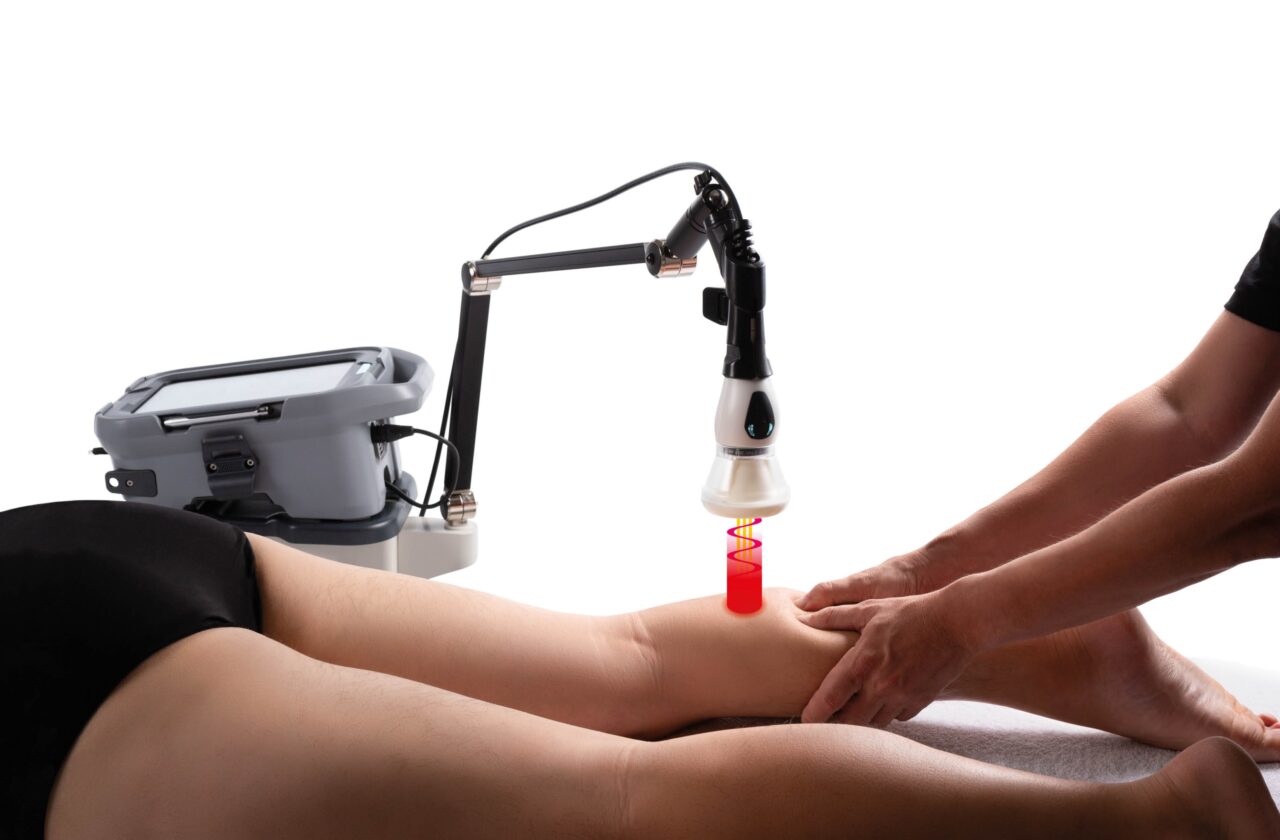
Research and Studies
Numerous studies have demonstrated the effectiveness of low-level laser therapy (LLLT) compared to placebo and other treatment modalities for plantar fasciitis. Patients who underwent LLLT reported significant pain relief for up to three months after treatment. The visual analog scale (VAS) score in the LLLT group showed a significant decrease compared to the control group, indicating substantial pain reduction.
A systematic review indicated that low-level laser therapy significantly reduced pain scores on the VAS at the end of treatment and in follow-up assessments. The overall methodological quality of the studies included in the meta-analysis was classified as moderate to high.
MLS® Laser Therapy improves tissue healing by enhancing blood flow, increasing oxygenation, and stimulating healing enzymes.
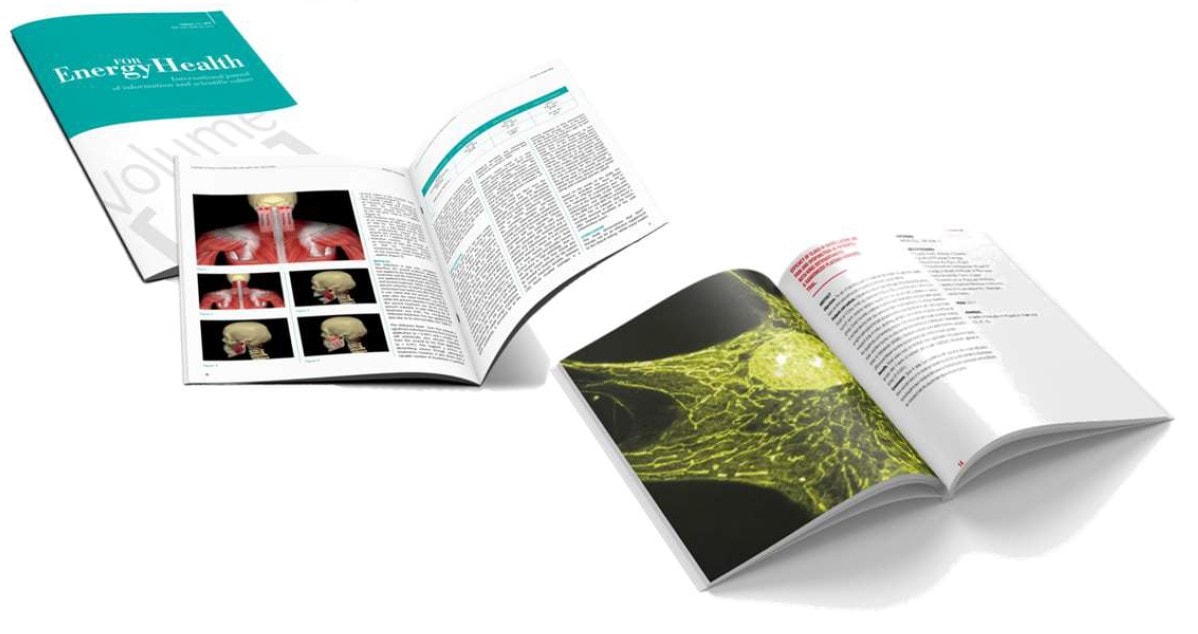
Practitioner Insights and Case Studies
Practitioners have reported high success rates with MLS® Laser Therapy. Cesar Puertolas of Frenchs Forest Podiatry Center, for example, has achieved significant improvements in patient outcomes, enabling recovery to full function within weeks and reporting a 99% positive clinical result rate, highlighting laser therapy’s effectiveness.
Case studies show significant relief from chronic heel pain after MLS® Laser Therapy, highlighting its potential to provide rapid and effective pain relief for plantar fasciitis sufferers.
Treatment Protocols for Plantar Fasciitis with MLS® Laser Therapy
MLS® Laser Therapy uses specific wavelengths (808 nm continuous wave and 905 nm super-pulsed) to target inflammation and pain. Treatment typically includes multiple sessions where the laser is applied to the painful area, with patients generally experiencing no discomfort, making it a comfortable and non-invasive experience.
Most patients observe significant improvement within eight sessions over a month. Combining MLS® Laser Therapy with physical therapy, orthotics, or other interventions can further enhance outcomes.
This comprehensive approach addresses both symptoms and the underlying causes of the condition, ensuring thorough care.
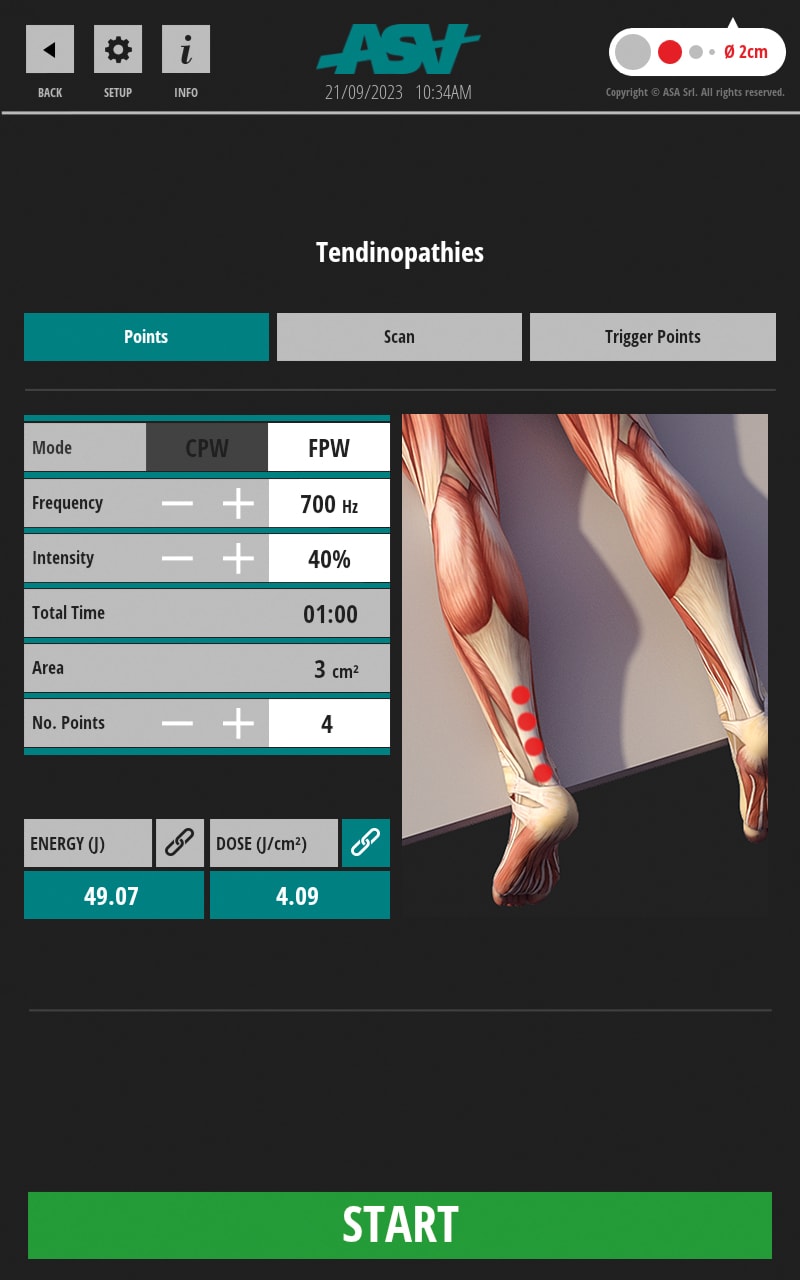
Typical Treatment Duration
Patients usually notice significant improvement after about eight sessions within a month. Each session lasts 10 to 20 minutes, making it quick and convenient. Noticeable pain relief often occurs after 6 to 8 sessions.
In some cases, MLS® laser therapy can heal plantar fasciitis in as little as 2.5 weeks, offering a rapid recovery time compared to traditional treatments that may take several months.
Combining Therapies for Optimal Results
Combining different therapeutic approaches can lead to superior outcomes in managing plantar fasciitis and to help resolve plantar fasciitis. Practitioners have reported success using MLS® Laser Therapy alongside other conservative methods like physical therapy and treatment for plantar fasciitis and orthotic supports.
Integrating MLS® Laser Therapy with additional treatments can significantly enhance recovery outcomes, ensuring all aspects of the condition are addressed for faster and more effective healing.
Advantages of MLS® Laser Therapy for Plantar Fasciitis
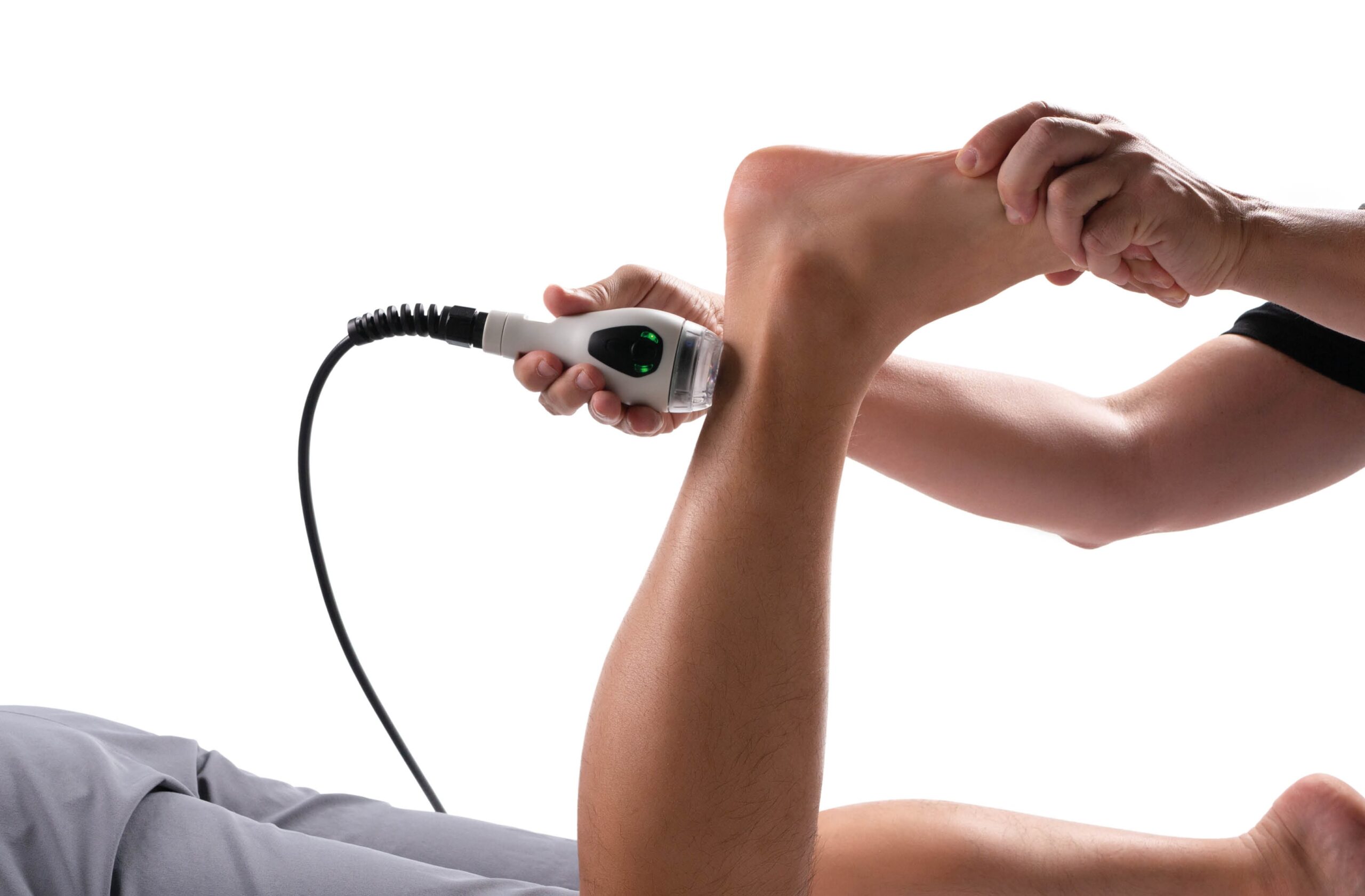
MLS® Laser Therapy offers numerous advantages for plantar fasciitis patients, significantly alleviating pain and disability in both short and medium-term assessments. It is known for reducing pain, accelerating healing, and improving circulation.
A key benefit of MLS® Laser Therapy is its non-invasive, side-effect-free nature. Unlike treatments requiring surgery or medication, it is painless and free of harmful side effects. Sessions typically last only a few minutes, ensuring efficient and convenient appointments.
Overall, MLS® Laser Therapy is a safe, effective, and innovative option that offers significant relief for plantar fasciitis sufferers, providing faster recovery and improved quality of life compared to traditional treatments.
How to Access MLS® Laser Therapy for Plantar Fasciitis

Accessing MLS® Laser Therapy for plantar fasciitis is straightforward. Seek out experienced and certified practitioners to ensure safe and effective treatment. Local listings or online platforms can help find clinics specialising in this advanced therapy.
Treatment plans usually consist of a series of sessions tailored to individual needs, with options varying based on the severity of the condition. Heal With Laser also offers webinars and events to learn more about advanced therapies for conditions like plantar fasciitis.
Joining community groups or attending workshops can enhance your understanding of MLS® Laser Therapy and keep you updated on new developments and best practices.
Finding a Qualified Practitioner
Ensure practitioners have specific training and certification in MLS® Laser Therapy. Experience in administering this therapy, particularly for conditions like plantar fasciitis, is crucial for effective outcomes.
Patients should check online reviews and testimonials about practitioners to ensure quality care, leading to faster and more effective recovery.
Steps to find a practitioner https://www.healwithlaser.com.au/find/
Heal With Laser Educational Resources
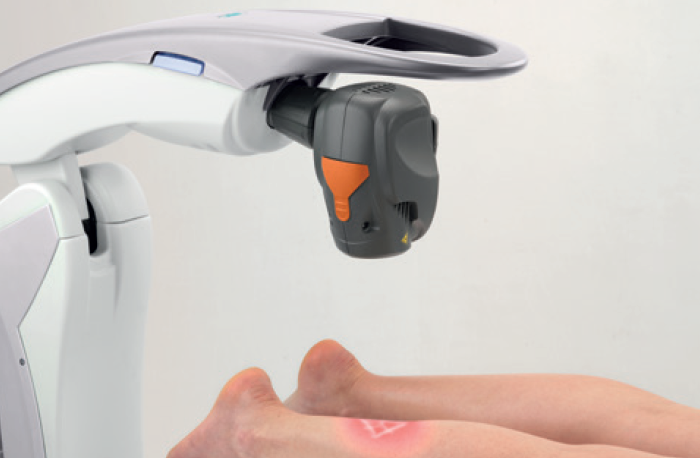
Heal With Laser offers webinars providing in-depth information on advanced therapies for plantar fasciitis. These resources are designed for podiatrists and practitioners focused on lower limb conditions, exploring the benefits of regenerative strategies over degenerative ones and challenging conventional treatment approaches.
Participants will learn to differentiate between regenerative and degenerative treatment approaches, identify pain sources, and understand the limitations of conventional treatments like orthotics and steroids. The resources cover comprehensive strategies, including ortho-biological healing and concepts related to the plantar fasciitis triad.
The integration of combination therapies like MLS laser and photobiomodulation will also be discussed to enhance treatment outcomes.
These Webinars can be accessed by practitioners and podiatrists (brief HOW) on the Academy here is a revalant webinar https://www.healwithlaseracademy.com.au/blog/webinar-optimise-plantar-fasciitis-recovery/
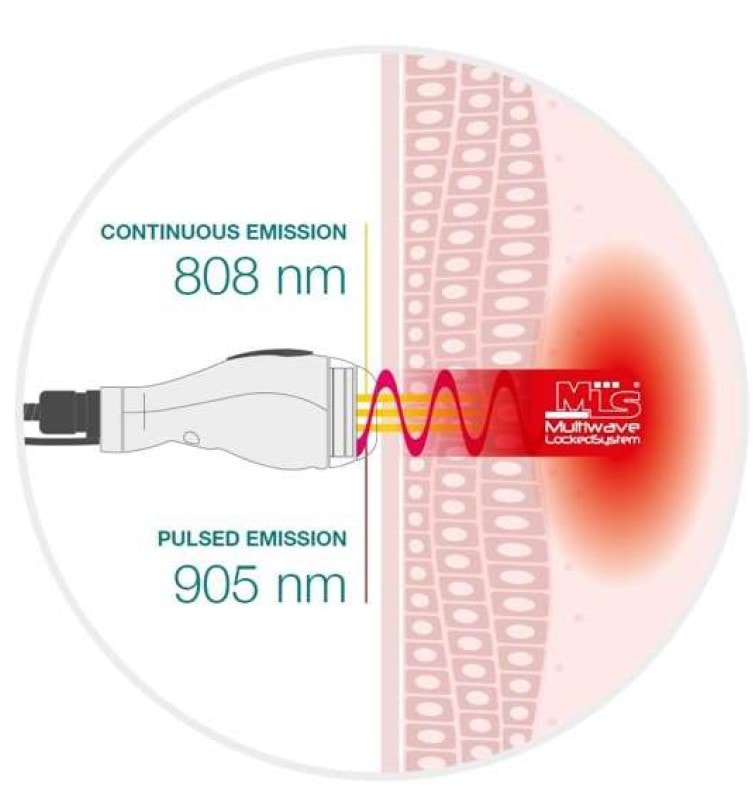
Summary
In summary, plantar fasciitis is a common yet debilitating condition that affects many individuals, particularly those aged 40 to 60 and those with specific risk factors such as obesity and certain physical activities. The persistent pain and limited mobility associated with this condition can significantly impact daily life and productivity. However, MLS® Laser Therapy offers a promising and innovative solution to this problem. This therapy utilises advanced dual-wavelength technology to effectively reduce inflammation, alleviate pain, and promote tissue regeneration, providing patients with rapid and significant relief.
The clinical efficacy of MLS® Laser Therapy is well-supported by research and practitioner insights, demonstrating its potential to provide substantial improvements in pain and function for those suffering from plantar fasciitis. The therapy is non-invasive, safe, and offers minimal side effects, making it a highly attractive treatment option. By accessing qualified practitioners and utilising educational resources, patients can make informed decisions and take proactive steps towards a pain-free life. Embrace the potential of MLS® Laser Therapy and take the first step towards reclaiming your mobility and quality of life.
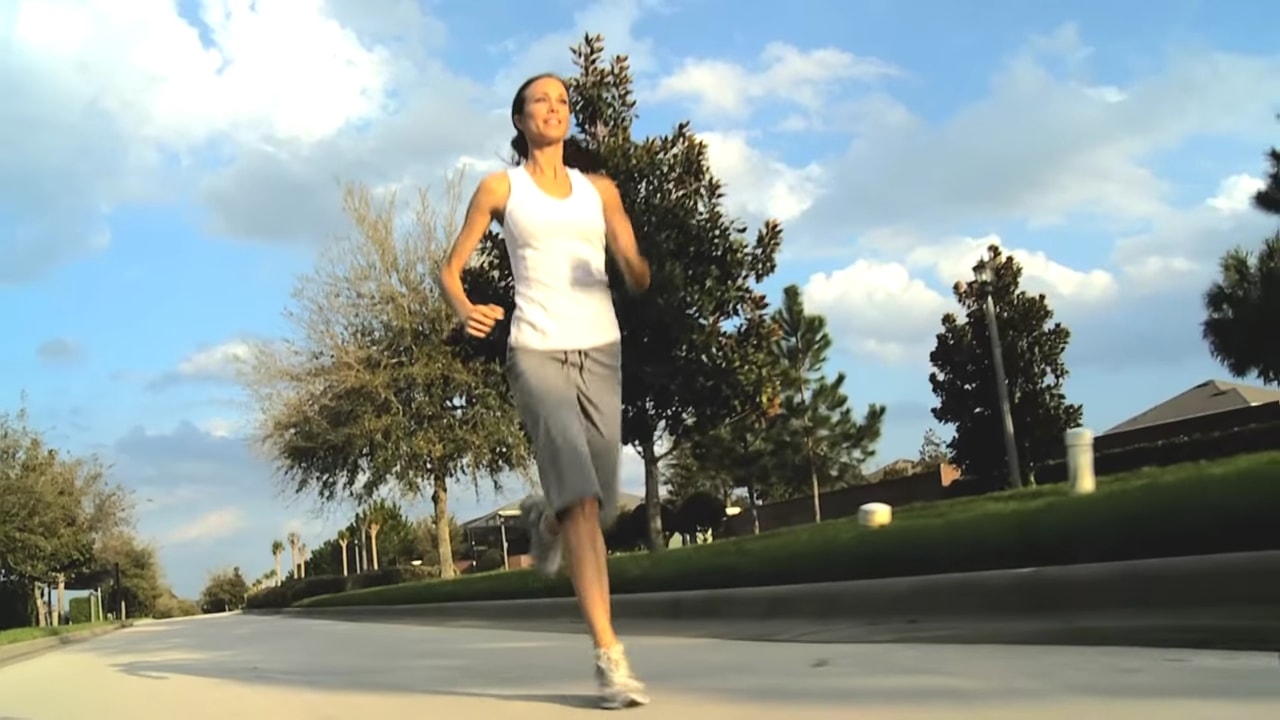
Frequently Asked Questions
What is the most common cause of heel pain?
The most common cause of heel pain is plantar fasciitis. It occurs due to inflammation of the tissue that connects the heel bone to the toes.
How quickly can plantar fasciitis be healed using MLS® laser therapy?
Plantar fasciitis can be healed in as little as 2.5 weeks with MLS® laser therapy. This treatment offers a promising option for those seeking relief from their symptoms.
How many sessions of MLS® laser therapy are typically required for recovery?
Most patients typically require around eight sessions of MLS® laser therapy for recovery. This duration often spans approximately one month.
What are the benefits of MLS® Laser Therapy compared to traditional treatments?
MLS® Laser Therapy provides significant pain reduction and accelerated healing while being non-invasive and associated with minimal side effects. These advantages make it a compelling alternative to traditional treatments.
How can I find a qualified practitioner for MLS® Laser Therapy?
To find a qualified practitioner for MLS® Laser Therapy, verify that they possess specific training and certification in the therapy. Additionally, researching online reviews and testimonials can help ensure you receive quality care.
